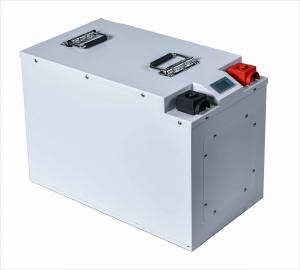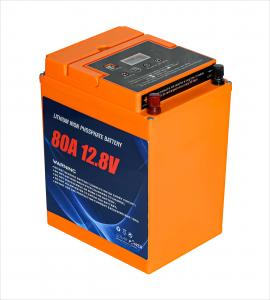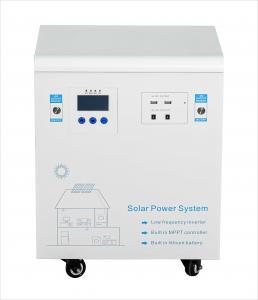I. Product Properties:
1. This product should comply with GB/T12706-2002 national standard.
2. Partial discharge test: when rated voltage Uo is 18kV and below, the cable discharge should be less than 20PC; when rated voltage Uo is more than 18kV, the cable discharge should be less than 5PC.
3. 20 ℃ conductor DC resistance: Copper core ≤ 0.017241Ωmm2/mo Aluminum Core ≤ 0.028Ωmm2/m.
4. The combustion performance (flame retardant cable) should be tested in accordance with GB/T18380-2001 standard.
II. Characteristics of usage:
1. The maximum long-term temperature of the cable is 90 ℃.
2. When the cable is laid out, the ambient temperature should not be less than 0 ℃, and the bending radius of armored cable should be no less than 20 times the outer diameter of the cable.
3. In the event of short circuit, the maximum temperature of the conductor should not exceed 250 ℃, and the lasting time of the conductor should be no more than 5 seconds.
4. The laying temperature should not be less than 0 ℃.
5. In event of short circuit, the maximum temperature of the conductor should not exceed 160 ℃, and the lasting time of the conductor should be no more than 5 seconds.
6. The cables are applied to transmission and distribution systems with rated voltage of 0.6 / 1,1.8 / 3,3.6 / 6,6 / 6,6 / 10,8.7 / 10,8.7 / 15,12 / 20,21 / 35,26 / 35KV.
7. YJV and YJLV are applied to indoor and outdoor installation, and can withstand a certain degree of laying traction, but can not withstand occasions with mechanical external force. Single-core cables are not allowed to be laid in the pipelines with ferromagnetic materials. YJV22 and YJLV22 are applied to underground laying, can withstand the mechanical external force, but can not afford a big pull.



